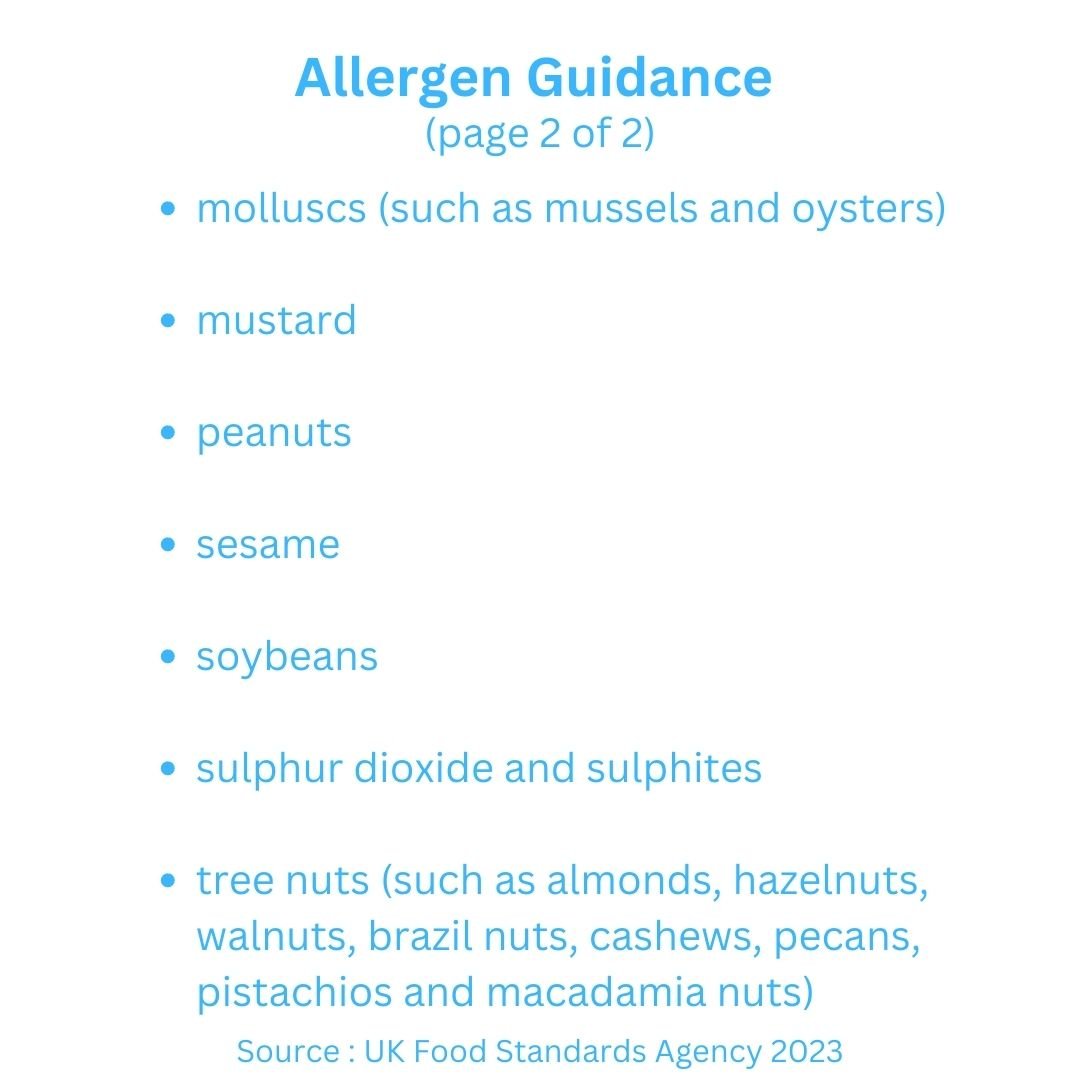Taking Those First Weaning Steps
Time to get down and messy…..the weaning journey commences! Here is a quick whistle stop tour of those early days of weaning.
If you haven’t already please read my previous blog on when your baby is ready for weaning along with advice on the essential gear.
First Day
I personally would start with a pureed sweet vegetable or fruit, like carrot, sweet potato or apple. This is because babies naturally have a preference for sweet rather than bitter tastes, so they will be more likely to eat your offering. Do ensure the puree is cooled down.
Some parents choose to go with baby-led weaning right from the start. Baby-led weaning is what it says on the tin - the baby feeds themselves finger-sized pieces of food. Or you can of course combine the two approaches. There is no one size fits all so do whatever suits you and your baby.
Pick a time of day when your baby is not tired. With my babies I breast fed them a little and then keeping them on my lap introduced a few spoonfuls of puree before finishing off the feed with breast milk.
At this early stage only a couple of spoonfuls or chunks of food is enough. The idea is just to get your baby used to the concept of solid food. If your baby isn’t interested, don’t worry. Try again the following day. Remember breast milk or formula remains the most important part of your baby’s diet right up to their first birthday.
Next steps
Introduce a range of foods, both sweet and bitter, so your baby is exposed early on to different flavours.
Offer cooked cooled vegetables like carrot, sweet potato, broccoli, butternut squash, courgette, potato, parsnip, avocado. If you’re pureeing or mashing, then try combining flavours together too.
Soft fruits like bananas, melon, pears, mango, plums and nectarines are generally popular with babies. Of course remove any stones or hard skin. You can puree, mash or give as a finger food. If a fruit is particularly hard then cook it slightly to soften it.
It’s not uncommon for a baby to not be keen on a new food. Did you know you might have to try 10 or more times for your baby to get used to a new flavour or texture?
If you started with smooth pureed food it’s important to move your baby onto ‘lumpy’ food and then finger foods as soon as possible. This provides them with opportunities to learn how to move solid food around their mouth, chew and swallow.
Not just fruit and veg
As well as vegetables and fruit, the following food groups can be introduced from the age of six months,
Protein - meat, fish, eggs, beans and pulses. Ensure all meat is cooked thoroughly and choose eggs with the red British Lion stamp mark. If no stamp then hard boil the eggs.
Diary - full fat pasteurised products, including cheese, yoghurt, fromage frais. Cow’s or goat’s milk can be used but only in cooking. It should not be offered as a drink until your baby is 12 months of age.
Starchy foods, like bread, pasta, oats, breadsticks, savoury unsalted crackers, rice.
Allergies
It’s natural to feel worried about giving your baby foods which have the potential to cause an allergic reaction. So the advice is to introduce these foods carefully, in very small quantities (¼ to ½ a teaspoon) and one at a time, so any reaction can be detected.
Most allergic reactions will occur within a few minutes of a baby being exposed to a food. Red rash, eyes watering, sneezing, coughing, runny or blocked nose, wheezing are all signs of an allergic reaction. Generally speaking they are mild but sometimes the reaction can be much more severe - anaphylactic shock. Don’t delay, seek urgent medical attention.
Here are the top allergens as listed by The UK’s Food Standards Agency,
If you have any concerns then please do contact a relevant health professional for further advice.
Drink
During meals offer just tap water, in a cup or beaker. A beaker without a valve is a good choice as it helps your baby learn to sip rather than suck. There is no need to boil and cool tap water after the age of six months.
Cow’s or goat’s milk should only be offered as a drink after your baby’s first birthday.
Next time we’ll move along the weaning journey, up to your baby’s first birthday.






